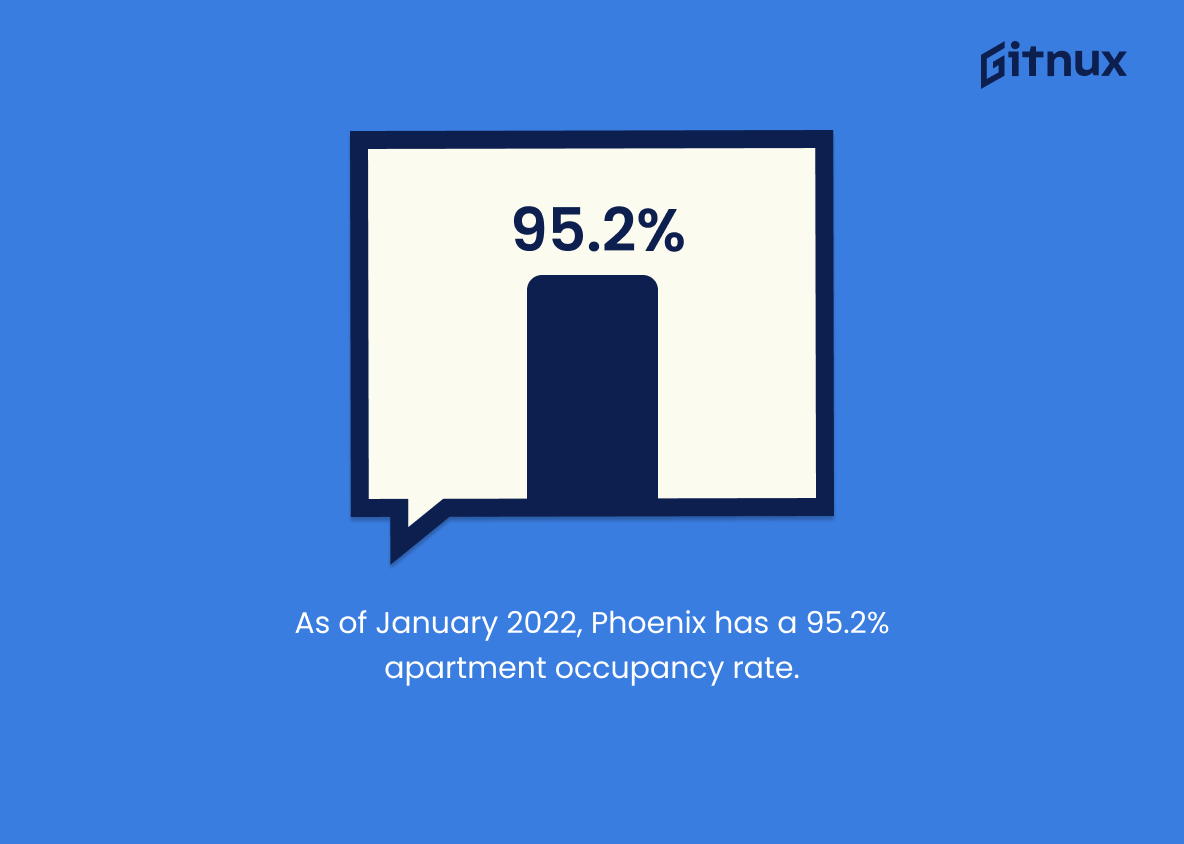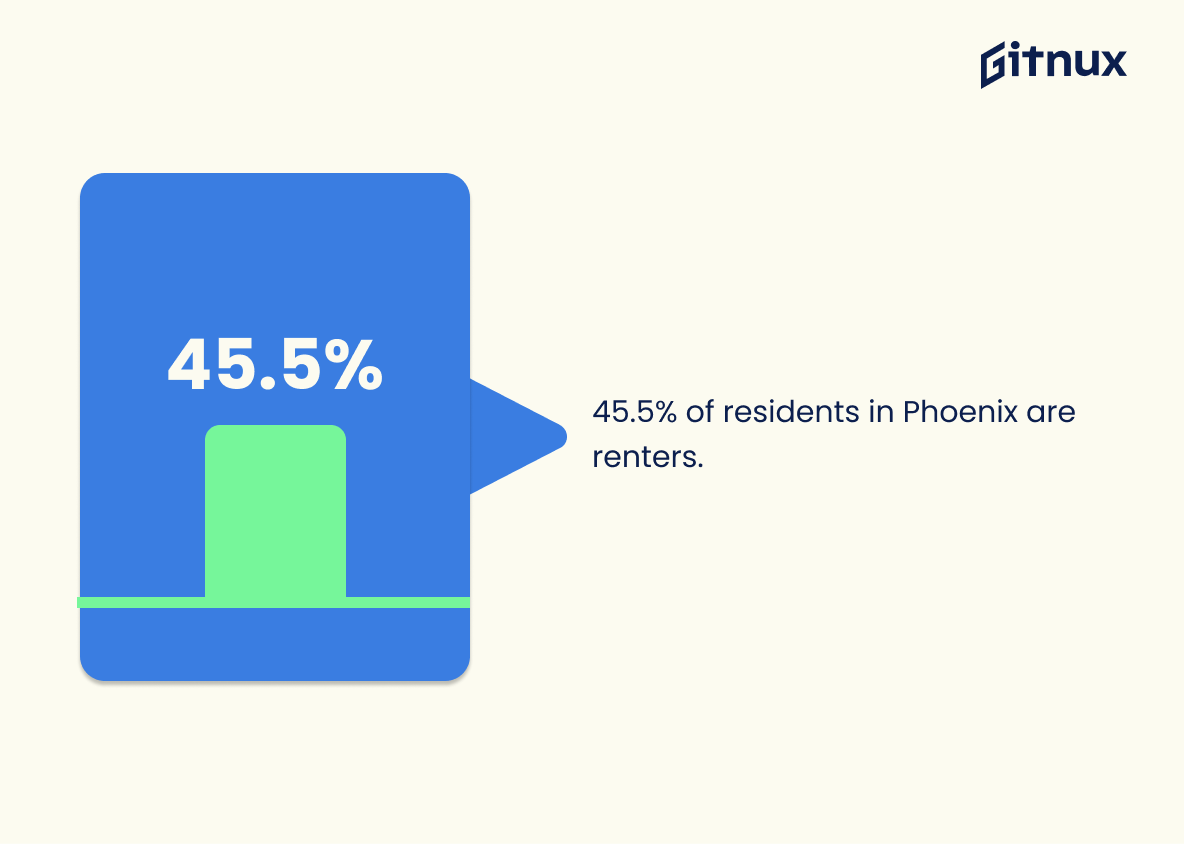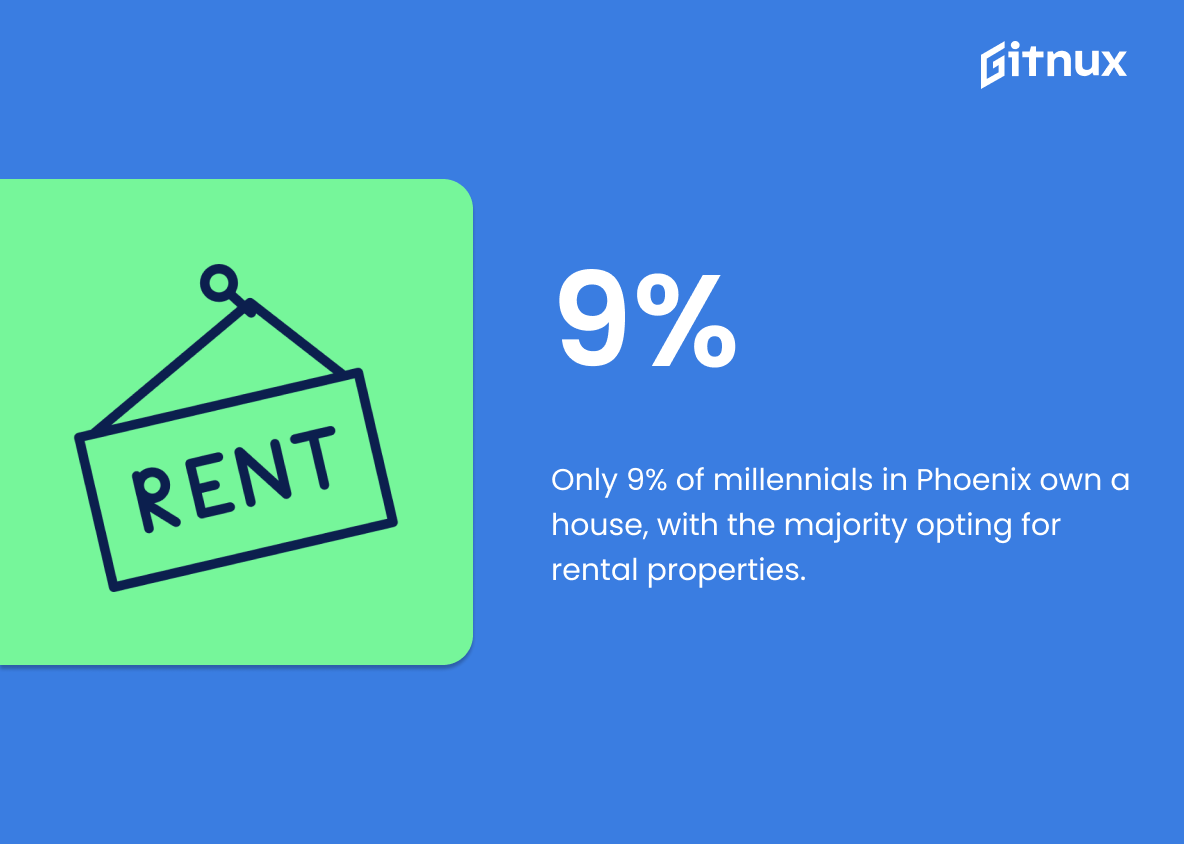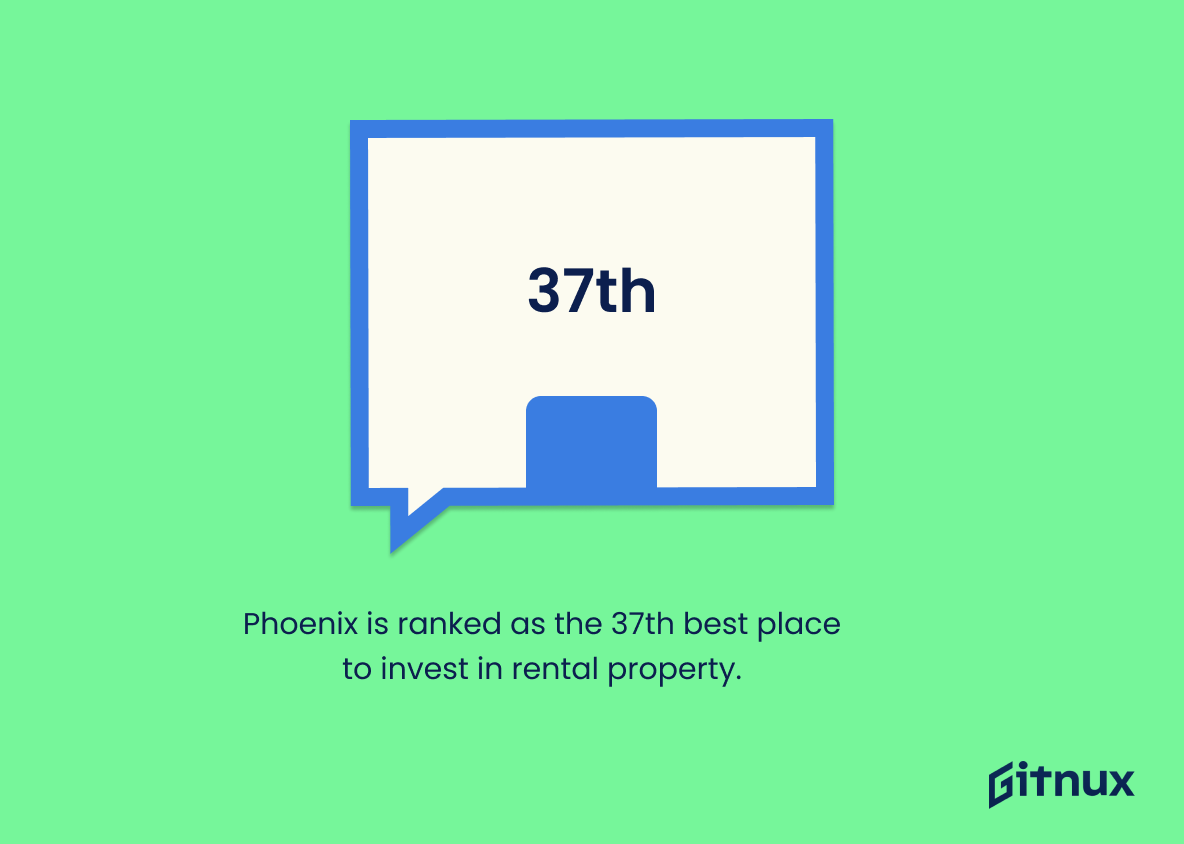The Phoenix rental market is an ever-evolving landscape, with a variety of factors influencing the cost and availability of apartments. According to RentCafe, the average rent for an apartment in Phoenix is $1,260. Apartment List reports that year-over-year rent growth lags behind the state average but exceeds national averages. Zumper ranks Phoenix as one of the 10 most expensive cities for renters in Southwest US at this time.
Renters can expect to pay around $1,180 on average for 1 bedroom rentals and $1420 on 2 bedrooms according to Zumper’s report from February 2022. The pandemic has caused a 15% increase in rents during 2021 according to The Real Deal research data while Papago Freeway Corridor experienced 22% rise over last year’s rates – highest among all submarkets within city limits reported by AskApartment blog post from January 2022 . Apartments occupancy rate stands at 95%, which indicates high demand despite rising prices (Arizona Report). Average size of an apartment unit is 805 square feet per Rent Cafe statistics released earlier this month while new completions have reached 8833 units since start of 2021 (Rent Cafe Blog).
56 percent or more than half population renting their homes earn less than 50K monthly income based on ApartmentList survey results published recently; 27 % are single family dwellings making it 38th best place nationwide when it comes down to such type properties (Rent Café Blog) whereas 45 % residents prefer renting rather then owning property as indicated by Census QuickFacts data collected early 2020s . Central Scottsdale area saw biggest jump in rental costs throughout past 12 months followed closely by Downtown Tempe region( ArizonaReport ). Millennials make up largest age group opting out homeownership preferring instead leasing option – 9 out 26 own house , rest opts for rented accommodation due its affordability factor mentioned back 2013 article written AZCentral news outlet . Lastly , current trend shows 0 point 1 percent increase month over month basis with studio apartments costing approximately 955 dollars each per latest figures provided via Zumper blog post dated Januaray 2023
This statistic is a telling indication of the Phoenix rental market, highlighting the city’s place among other cities in the Southwest. It speaks to the cost of living in Phoenix, and the affordability of renting in the city. This statistic is an important piece of information for anyone considering renting in Phoenix, as it provides insight into the city’s rental market and the cost of living in the area.
1-bedroom rentals in Phoenix have an average rent of $1,180 while 2-bedroom apartments average at $1,420.
This statistic is indicative of the fact that Phoenix rental market is a competitive one, with the cost of renting a two-bedroom apartment being significantly higher than that of a one-bedroom. This highlights the importance of researching the rental market before committing to a rental agreement, as the difference in cost can be substantial.
Phoenix Rental Market Statistics Overview
During the pandemic, Phoenix rental market experienced a 15.2% growth rate in 2021.
This statistic is a testament to the resilience of the Phoenix rental market in the face of the pandemic. Despite the economic downturn, the rental market has seen a significant growth rate, indicating that the market is still strong and viable. This is an encouraging sign for potential renters and investors alike, as it shows that the Phoenix rental market is still a viable option for those looking to invest in the area.
As of January 2022, Phoenix has a 95.2% apartment occupancy rate.
The fact that Phoenix has a 95.2% apartment occupancy rate as of January 2022 speaks volumes about the city’s rental market. It indicates that the demand for rental properties in Phoenix is high, and that the city is a desirable place to live. This statistic is a testament to the city’s thriving rental market and is a great indicator of the city’s overall economic health.
Over the past year, rent prices increased the most in the central Scottsdale area.
This statistic is indicative of the overall trend in the Phoenix rental market, as it shows that the central Scottsdale area has experienced the greatest increase in rent prices over the past year. This is important to note, as it provides insight into the current state of the rental market in Phoenix and can help inform potential renters of the areas where rent prices are increasing the most.
45.5% of residents in Phoenix are renters.
This statistic is a key indicator of the Phoenix rental market, providing insight into the proportion of people who are renting in the city. It is an important factor to consider when discussing the rental market in Phoenix, as it can help to inform decisions about rental prices, availability, and other factors that affect the rental market.
Phoenix apartment rents have increased by 0.1% month over month.
This statistic is indicative of the Phoenix rental market’s overall trend of increasing rents. It shows that the market is continuing to grow, and that renters should expect to pay more for their apartments in the near future. This is an important piece of information for anyone looking to rent in Phoenix, as it provides insight into the current market conditions and what to expect in the coming months.
Only 9% of millennials in Phoenix own a house, with the majority opting for rental properties.
This statistic is a telling indication of the Phoenix rental market, as it reveals that the majority of millennials in the area are opting for rental properties over homeownership. This suggests that the rental market in Phoenix is strong, and that there is a high demand for rental properties in the area. This information is important for anyone looking to invest in the Phoenix rental market, as it provides insight into the current market trends and the potential for success.
Phoenix is ranked as the 37th best place to invest in rental property.
This statistic is a testament to the potential of Phoenix as a lucrative rental property investment destination. It speaks to the city’s strong rental market and the potential for investors to make a good return on their investment. It is a key indicator of the city’s rental market health and provides a valuable insight into the potential of the Phoenix rental market.
Conclusion
The Phoenix rental market is a competitive and dynamic environment. The average rent for an apartment in the city stands at $1,260, which is higher than the national average of 8.4%. During 2021, Phoenix experienced a 15.2% growth rate in rents due to pandemic-related demand shifts. 1-bedroom apartments have an average rent of $1,180 while 2-bedrooms cost around $1,420 on average. Papago Freeway Corridor has seen the highest increase in rents with 22%, followed by central Scottsdale area with 19%.
Apartments are also becoming more expensive to build as construction costs per square foot stand at $334 and there were 8,833 new completions during 2021 alone. 45% of residents are renters and 56% earn less than 50k annually; 26% spend over half their income on rent payments each month making affordability a major issue for many households across all age groups but especially millennials who only own 9% of houses within the city limits according to recent data from 2013 onwards..
Overall it can be said that despite some areas experiencing high levels of growth such as Papago Freeway Corridor or Central Scottsdale Area where prices increased significantly year over year – overall occupancy rates remain steady (95%) indicating stability within this sector even if affordability remains an ongoing challenge for many people living here today
References
0. – https://www.azcentral.com
1. – https://www.arizonareport.com
2. – https://www.zumper.com
3. – https://www.therealdeal.com
4. – https://www.census.gov
5. – https://www.gordcollins.com







